A group of immigrants lowered their blood pressure with help from these health workers. Here's why it worked.
Before Mohammed Chowdhury met a community health worker in New York City, the security guard struggled to manage his diabetes and high blood pressure.
That changed when he started to work with Mamnun Haq, a trained community health worker who communicated with Chowdhury in his native language Bengali.
Haq helped him tailor his diet by encouraging him to eat less meat and rice and instead fill up on staple Bangladeshi vegetables, like bitter gourd and squash, okra and green papaya, as well as sheem, a type of flat bean. They also created an exercise routine: He and his wife made a ritual of daily walks together.
Now, his blood pressure is lower and Chowdhury, 69, says he’s “feeling good.”
Haq, 60, is one of six community health workers with Project IMPACT, a community blood pressure control program for South Asian immigrants in New York City. The program connects clients with health and social resources, translation services, and holds classes on exercise, nutrition and other wellness topics in doctor’s offices, community centers and mosques.
“We developed a culturally and linguistically tailored intervention curriculum around blood pressure management,” said medical sociologist Nadia Islam, associate director of the Institute for Excellence on Health Equity at New York University Langone Health, who spearheads the project.
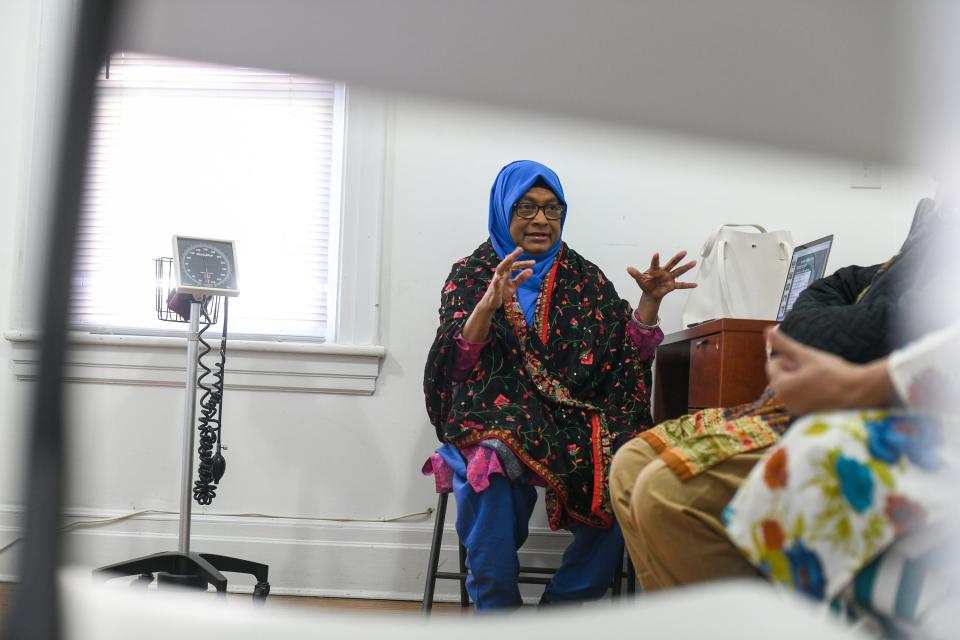
Project IMPACT has helped lower the blood pressure of 68% of 303 participants between 2017 and 2019, according to a recent study by Islam and her team published in a cardiovascular health journal. Those who had the guidance of a community health worker were almost four times as likely to control high blood pressure compared to a control group, they found.
Community health workers like Haq have long helped underserved and immigrant communities across the country manage chronic conditions through health education, lifestyle changes and by connecting clients to social services.
But public health experts say sustained funding is needed apart from grants – which run out eventually.
There are about 61,000 community health workers across the nation, according to estimates from the Bureau of Labor Statistics. As trusted community members, they are often employed or volunteer as health educators through nonprofits, universities, hospitals or primary care centers, though there's no national standard for training or certification.
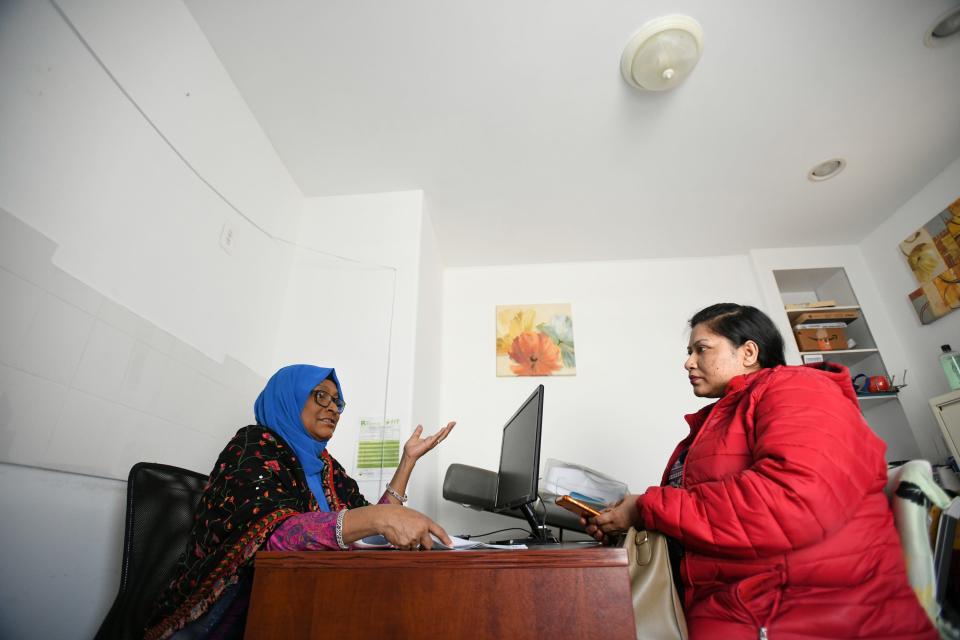
With a nationwide shortage of primary care doctors and strapped staff, sometimes “doctors cannot give you that much time,” Haq said.
Haq has helped patients apply for food stamps and get co-payment money. Bangladeshi immigrants have the highest poverty rate of any Asian American group in New York City, according to the mayor’s office.
Health care gap: Why do so many Americans lack primary care?
Blood pressure drugs: What to know about the flurry of recalls
Ahead of Ramadan – the Muslim month of fasting, prayer, charity and sharing special dishes with family and friends – he and the other community health workers can walk patients through which traditional dishes to limit, advising clients to break their fast with a single date instead of several, or lay off popular desserts like doi, a sweetened yogurt curd.
Because he comes from the Bangladeshi community himself, "it's easy for me to explain to people (in a way) they will understand," Haq said. "I can go deeper."
'They were left out': Addressing diversity within groups
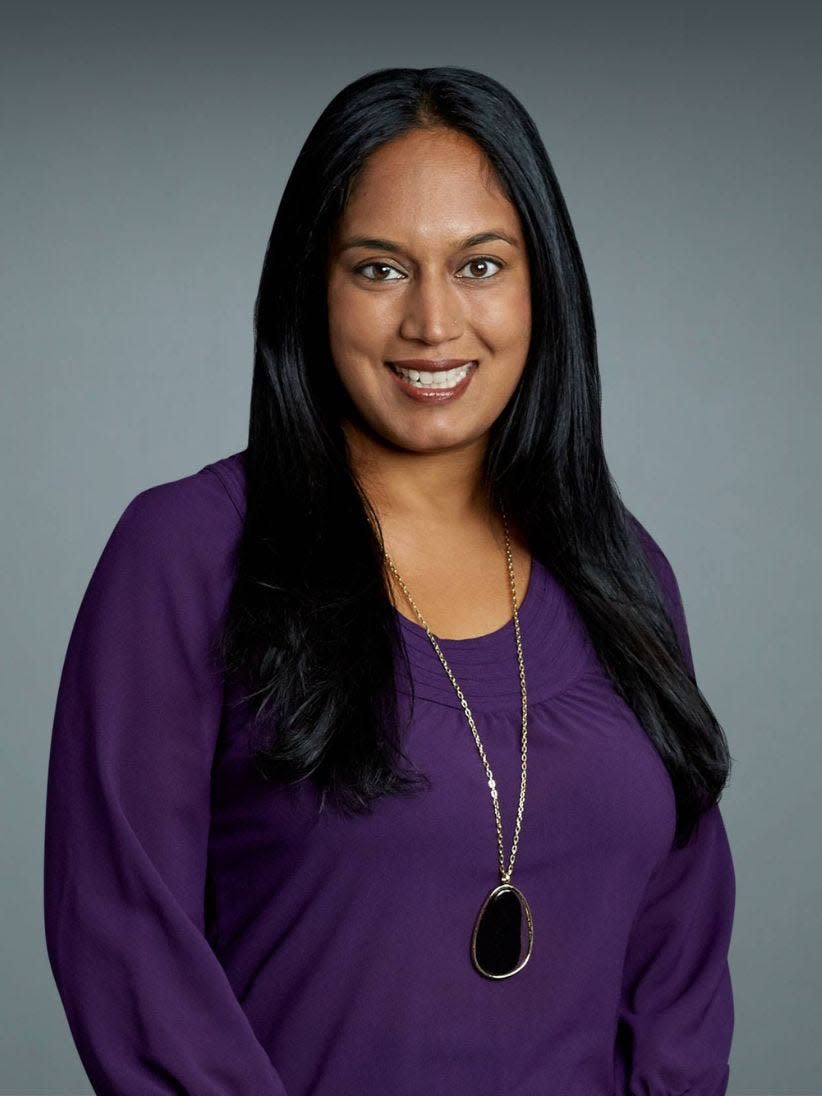
Diversity within racial and ethnic groups often isn't captured in national health data, and in turn, national programs usually aren't tailored to different languages and cultures, experts like Islam say.
Health workers hired from within those communities can help.
South Asia and its languages are diverse, for example. Gulnahar "Nahar" Alam, a longtime community health worker and workers' rights advocate, said clients are sometimes matched to the wrong language interpreter at hospitals.
“Miscommunication happens a lot,” said Alam, who works with Project IMPACT.
Alam, 59, often translates for clients, goes with them to appointments for support, and connects them with mental health or food assistance organizations.
“When I came here in 1993, I suffered the same way low-wage workers suffer. That's why my interest was their health," she said, adding she understands the struggles new immigrants face, like figuring out the subway or bus systems to get to doctor's appointments.
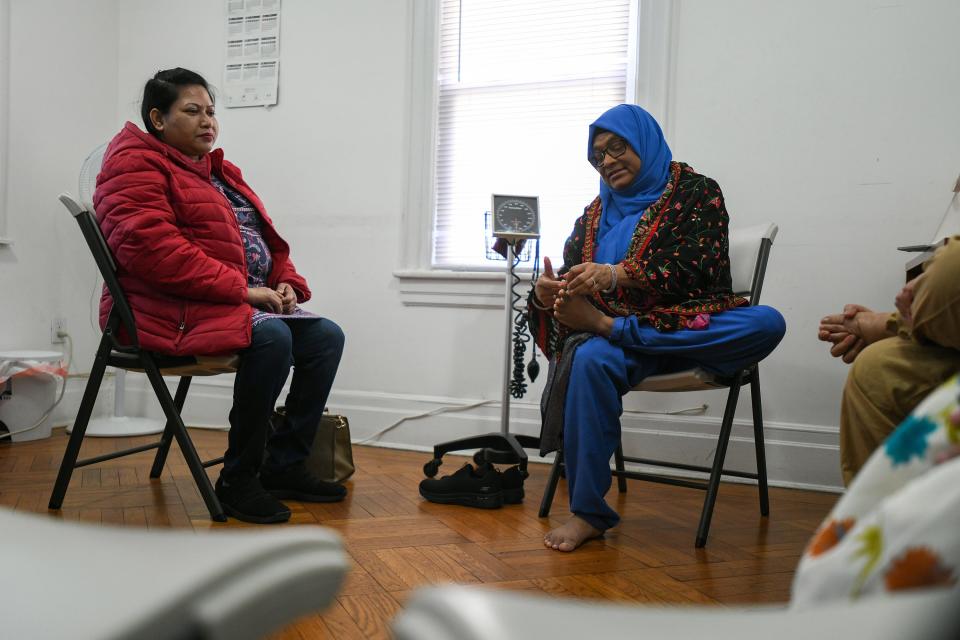
Similarly, El Sol Neighborhood Educational Center in the San Bernardino, California, area, employs around 150 community health workers that reflect the area's large communities of immigrants from South and Central American countries. A community pillar of three decades, El Sol uses a well-known approach to community health by employing promotores or promotoras de salud – "health promoters" in Spanish, a model long practiced in Hispanic and Latino communities.
“The model is not just to provide a service. (It’s) really to empower communities to bring solutions to their own problems,” said CEO Alexander Fajardo. "They are community experts, their voices are really important. They are the ones who guide the interventions.”
El Sol has programs designed to meet different needs, such as mental health resources for older adults, youth and new mothers, as well as diabetes prevention and asthma management.
Programs like Fajardo's and Islam's are needed to bridge the gap in resources and knowledge for specific communities, experts say.
While it's known that other groups of color have disproportionately high blood pressure rates, growing evidence shows subgroups within the Asian population, such as South Asian groups, also suffer disproportionate rates. Islam pointed to the MASALA study from the University of California, San Francisco, as an example that found high cardiovascular disease risk among South Asian Americans.
Through Project IMPACT, Islam adapted the federal government's Million Hearts initiative, aimed at preventing heart attacks and strokes, to South Asian communities in Queens, the Bronx and Brooklyn, tweaking it for cultural competency and language.
She eventually hopes to tailor it to other groups that weren't targeted nor captured in national data, like Middle Eastern and North African communities.
Million Hearts was a "major, large-scale campaign, but a lot of these smaller immigrant-serving organizations were just not engaged," she said. "They were sort of left out."
Longer-term funding is needed, experts say
The Biden administration has integrated community health workers into its public health infrastructure blueprint. Last year, for example, the Department of Health and Human Services launched a $226 million grant program for training 13,000 workers over the next three years.
The federal attention on community health work was a result of the pandemic, said Denise Octavia Smith, founding director of the National Association of Community Health Workers.
“We had unprecedented global recognition that community health workers were necessary as front-line essential (workers), critical for COVID-19,” said Smith, a community health worker of several decades.
Dr. Georges Benjamin, executive director of the American Public Health Association, praised the new federal initiatives. But, he said, federal grants are not enough for the long term.
“We really haven't built them as a core tenant of our primary care apparatus in the country – which is what I think needs to happen,” he said.
“Funding is often catch as catch can, and episodic and unsustained, that it often results in a presence in a community that kind of just vanishes," he added. "And then you have to reestablish that presence.”
That trust is interrupted when there's turnover or a program shuts down after a grant ends.
It’s what happened when Smith worked at a state-run program funded by a federal grant in Connecticut that wasn’t renewed. Some states have allowed for Medicaid reimbursements for community health worker programs. But, Smith said, most work through nonprofits and community-based organizations.
“So, most of the time, those organizations are not seen as provider organizations for Medicaid, so they can't get the reimbursement,” Smith explained.
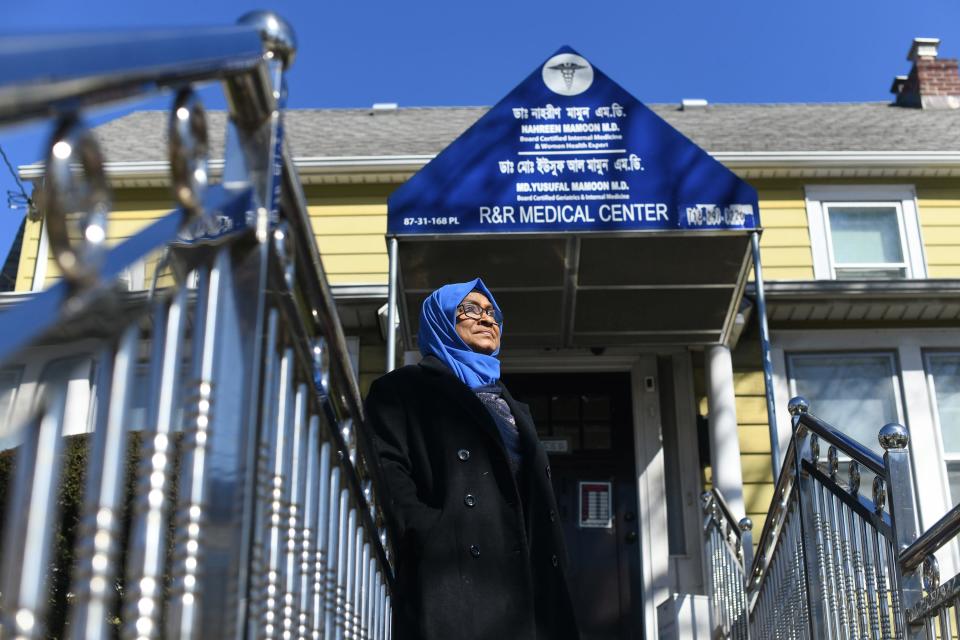
Islam's Centers for Disease Control and Prevention grant ended in 2019, but the team was able to broaden the program through grants from the National Institutes of Health, the NYU Langone Medical Center and state funds.
Meanwhile, grants are sometimes only stipulated for specific health issues, which are often interlaced with other barriers to well-being and health, like transportation or immigration concerns, said Fajardo, of El Sol in San Bernardino.
“The funding is not flexible to really attack the root of the problem,” he said.
The federal focus on community health programs presents an opportunity to spark a dialogue on longer-term funding for these advocates in communities of color, Smith said.
“We are of the same culture, the same language, oftentimes the same faith, the same health beliefs as the population," she said. “The reason we are effective is because of our cultural alignment, our linguistic alignment, the identity – the shared lived experience.
“The reason that that is important,” Smith said, is because those relationships “move at the speed of trust.”
Reach Nada Hassanein at nhassanein@usatoday.com or on Twitter @nhassanein_.
This article originally appeared on USA TODAY: Why community health workers are so vital to manage chronic conditions

